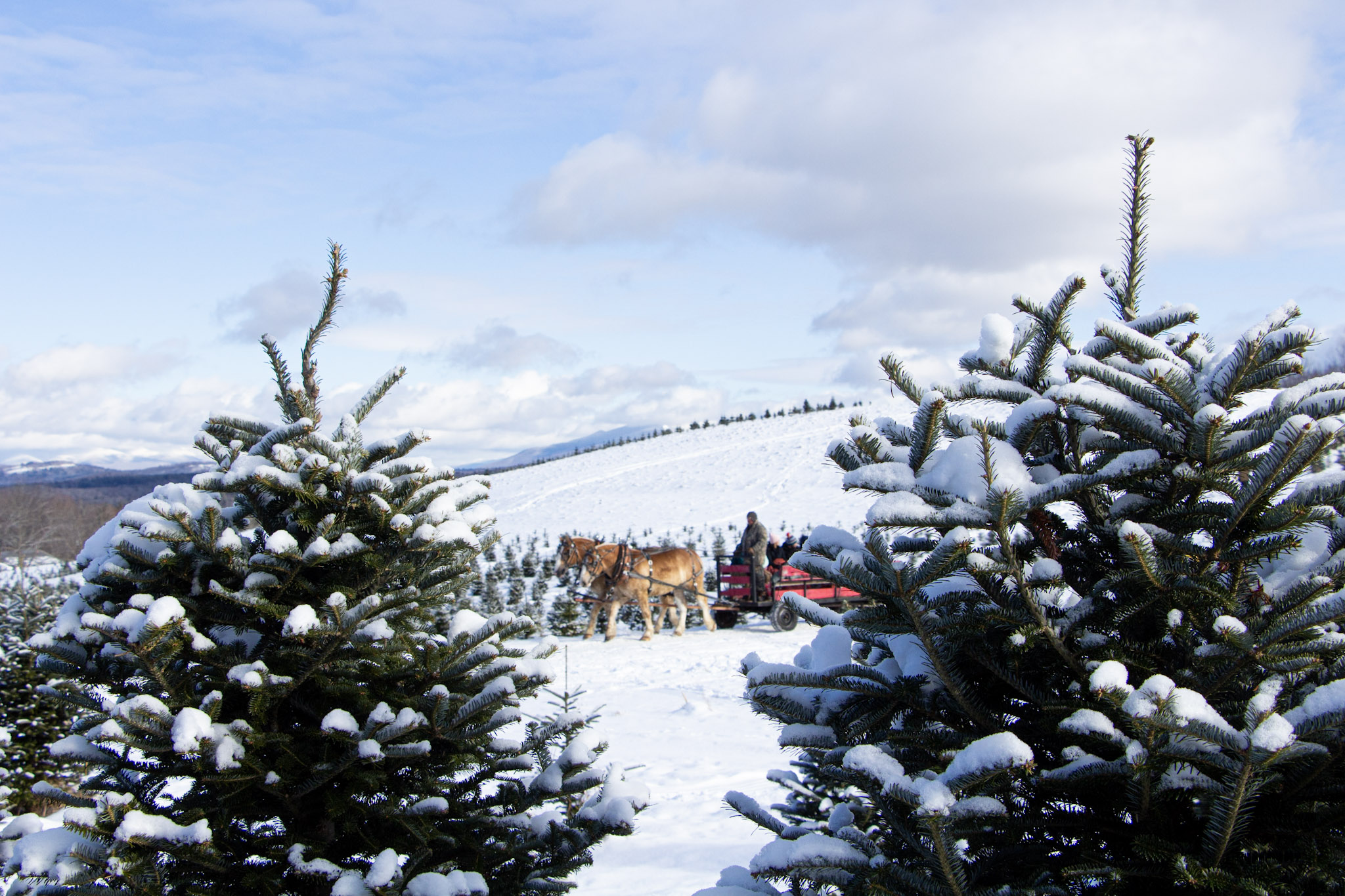The largest landowner in New Hampshire are the people of the United States, owners of public lands at the White Mountain National Forest (WMNF), the Lake Umbagog National Wildlife Refuge, the Appalachian Trail corridor, the Saint Gaudens National Historic Site (in Cornish) and the Silvio O. Conte National Wildlife Refuge. The WMNF was created after Forest Society founders aggressively lobbied the US Congress to pass the Weeks Act in 1911. Today the WMNF constitutes 15% of New Hampshire’s total land mass. The Forest Society plays an active role every 15 years when the US Forest Service updates the WMNF Forest Management Plan.

The 1.3 million people of New Hampshire are the second largest landowner in the State. The NH Division of Parks and Recreation, NH Division of Forests & Lands and New Hampshire Fish & Game own and manage more than 200,000 acres of land for outdoor recreation, forest conservation and wildlife habitat protection. Several notable public ownerships of land today were originally protected by the Forest Society. Others are located on land still owned by the Forest Society. Mount Monadnock State Park is located on 5,000 acres of land owned by the Forest Society and leased to the State. More than 100,000 visitors hike Mount Monadnock annually. The Forest Society partners with the Division of Parks and Recreation to maintain Monadnock’s 90 miles of hiking trails. Public lands also include a variety of parks and town forests owned by New Hampshire municipalities.
Public lands are stewarded by land management agencies for the benefit of the public. These lands host multiple uses, users, and user groups, some of which can have competing interests. Competing uses can create conflicts, which must be resolved by public processes that are generally guided by land management plans for each reservation of public land. For example, the 40,000 acre Nash Stream State Forest in Coos County, NH’s largest state forest, has been largely off limits to All Terrain Vehicles since the land was acquired in 1990 except for the state-approved West Side Trail and the Kelsey Notch Trail. The NH Division of Forests & Lands recently updated the forest management plan for Nash Stream. The most debated issue during the management plan update was whether to expand access to the forest by ATVs. The Forest Society supported a new management plan that contained ATVs to those two previously approved trails
While the final Nash Stream Forest Management Plan maintains the policy of limited ATV use within the Forest, the review process highlighted how public land management agencies must balance the positions of all stakeholder groups. The Forest Society will continue to act to ensure this balancing act does not tip too far towards activities that undermine why these lands were protected in the first place.
UPDATE: Forest Society files amicus brief in support of the White Mountain National Forest Management Plan (November 14, 2024)
